Flower Meanings
Carnation


The Meanings of Carnations
Who needs text messages when you have carnations? Carnations have a wide variety of meanings, depending on the flower’s color, so you can accurately express whatever it is you want to say.
In general, carnations symbolize fascination, love, and affection [1], but there’s SO much more to it.
To truly get that from the heart message of love and affection across, go for deep red carnations. Having been cultivated for thousands of years, you could say the carnation is quite the classy bloom. You won’t be on the wrong side of history here to showcase your undying love with red carnations.
Want to express love, but not love love? Go for light red carnations, which symbolize admiration and friendship.
White carnations, on the other hand, symbolize pure love and innocence. You can also send them to say, “Good luck!” — so they’re an excellent gift for a graduation, performance, or any other big event.
Unsurprisingly, pink carnations symbolize a mother’s love and female love, making it the perfect gift for mom, grandma, or any dear friend. They also symbolize gratitude — a double whammy of expression.
Purple carnations can get into iffy territory — symbolizing capriciousness and whimsicality; it’s a flower to be used carefully. Since purple is also associated with royalty, we’d suggest using these carnations in a big mixed bouquet of purple blooms to create a gift fit for a queen. Or, add purple carnations into a big, beautiful bouquet of assorted colors.
Speaking of iffy, yellow carnations traditionally symbolize rejection and disdain. Yikes! Unless you have a certain kind of strong message to send, we’d recommend against an all-yellow-carnation bouquet. However, when sprinkling in a few stems throughout another arrangement, the yellow carnations can add pops of bright color, along with associations of happiness, positivity, and joy.
Green carnations are often associated with St. Patrick’s Day (cheers!). Famously worn by the Irish writer Oscar Wilde, green carnations also became a symbol of homosexuality, especially after the publication of the “scandalous” novel The Green Carnation in 1894. [2]
What Do Carnations Smell Like?
Carnations are known for their floral spicy scent with pepper and clove undertones. [9]
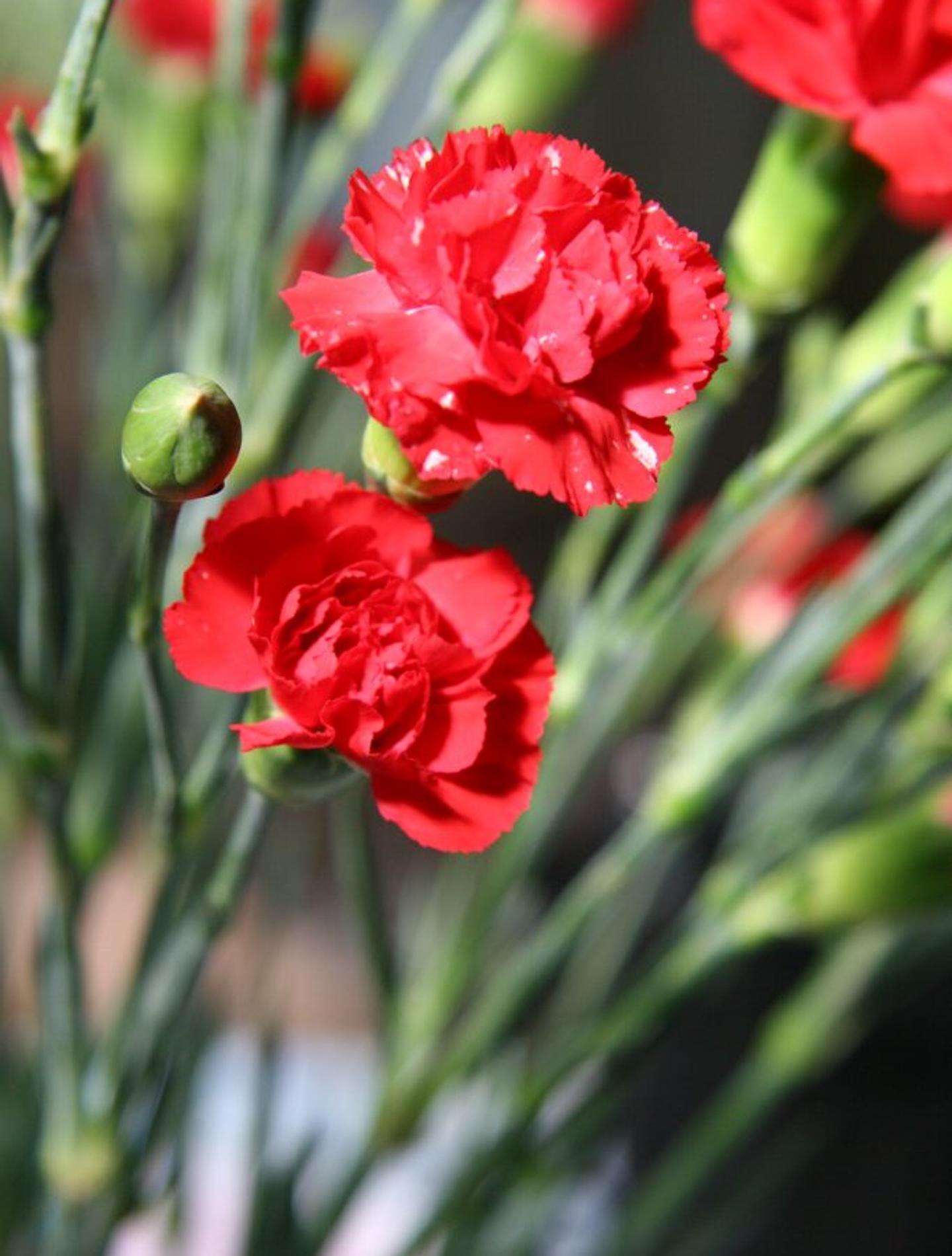
"But Carnations? Oh, what a beautiful flower. They come in every color. True, some are painted, but that doesn’t mean they are less beautiful, and they never wilt."
Ruth McLeod-Kearns
The History of Carnations
Let’s pause for a minute and really think about this next carnation fact. Ready?
Let’s do it.
Carnations have been in cultivation for over 2,000 years.
So that means that during the time of the birth of Jesus,… farmers were cultivating carnations.
Wild, right?
Carnations originated in Eurasia and have historical usages throughout Greece and Rome. In fact, “Dianthus,” the botanical name for carnations, was coined by a Greek botanist and is derived from the Greek words for divine (“dios”) and flower (“anthos”). [3]
Over 300 species of Dianthus are known — more commonly known as carnations.
Carnations aren’t without their own fame and adoration. The carnation is the official state flower of Ohio, and the national flower of Spain, Monaco, and Slovenia. Carnations are also the birth flower for the month of January (Happy birthday, Capricorn and Aquarius!).
Carnations are often worn on special occasions and have become a symbol for many holidays and events over time.
- Mother’s Day (US and Canada) – White carnations (originally) were the chosen bloom to represent the purity of a mother’s love. Now, a red carnation is worn if one’s mother is alive, and a white carnation if she has passed.
- Parents’ Day (Korea) – Red and pink carnations are worn by parents [4] on May 8.
- May Day – Red carnations are worn as symbols of socialism and the labour movement in some countries.
- University of Oxford – White, pink, and red carnations are traditionally worn to exams.
- According to a Christian legend, carnations first appeared on Earth as Jesus carried the Cross. When the Virgin Mary wept over Jesus’ plight, carnations grew from where her tears fell.
With this epic history, it’s not surprising that carnations are unlikely to cause any allergic reactions. Carnation petals can even be used in candy or as cake decorations.
Carnations are also believed to have medicinal properties:
- Infusions and teas to ease nervousness and nausea
- Oils to promote healing of the skin
But be sure to keep carnations away from your furry friends — they can cause gastronomical distress to cats and dogs.
You’ll often find carnations in floral design because of their diversity of color, as well as their hardiness and widespread availability.
In fact, in 2013, carnations were ranked the 16th most popular cut flower, with a turnover of $37 million (compared with the top-ranked flower, roses, at $725 million), according to FloraHolland. That’s a lotta carnations!
The largest global carnation production is in Bogota, Colombia, and carnations are also commercially grown in Colorado, California, Israel, Kenya, and Spain. If you have a green thumb, carnations can also be grown in home gardens. Many gardeners use border carnations, which grow in bushy clusters and thrive in full sun, and typically bloom between June and September, depending on the variety. (Trying to send a message to your neighbors? Plant all yellow!)
Carnations have appeared in famous artwork for centuries. In 1563, the earliest known full-length portrait of Queen Elizabeth I [5] actually featured a carnation in her hand. At that time, the carnation represented the love of God, but also love and marriage. (Did we mention Queen Elizabeth was single at the time?)
Painter John Singer Sargent completed a work titled “Carnation, Lily, Lily, Rose” [6] in 1886, titled after a song called “The Wreath” by 18th-century composer Joseph Mazzinghi.
Because of their association with the Virgin Mary, many Christian artworks also feature carnations.
DID YOU KNOW - Carnation Fun Fact
Did we mention that carnations are a classic? In 1907, carnations were chosen by Anna Jarvis [7] as the emblem of Mother’s Day, since carnations were her mother’s favorite flower. Fast forward over a century, and white and red carnations both still symbolize the holiday.
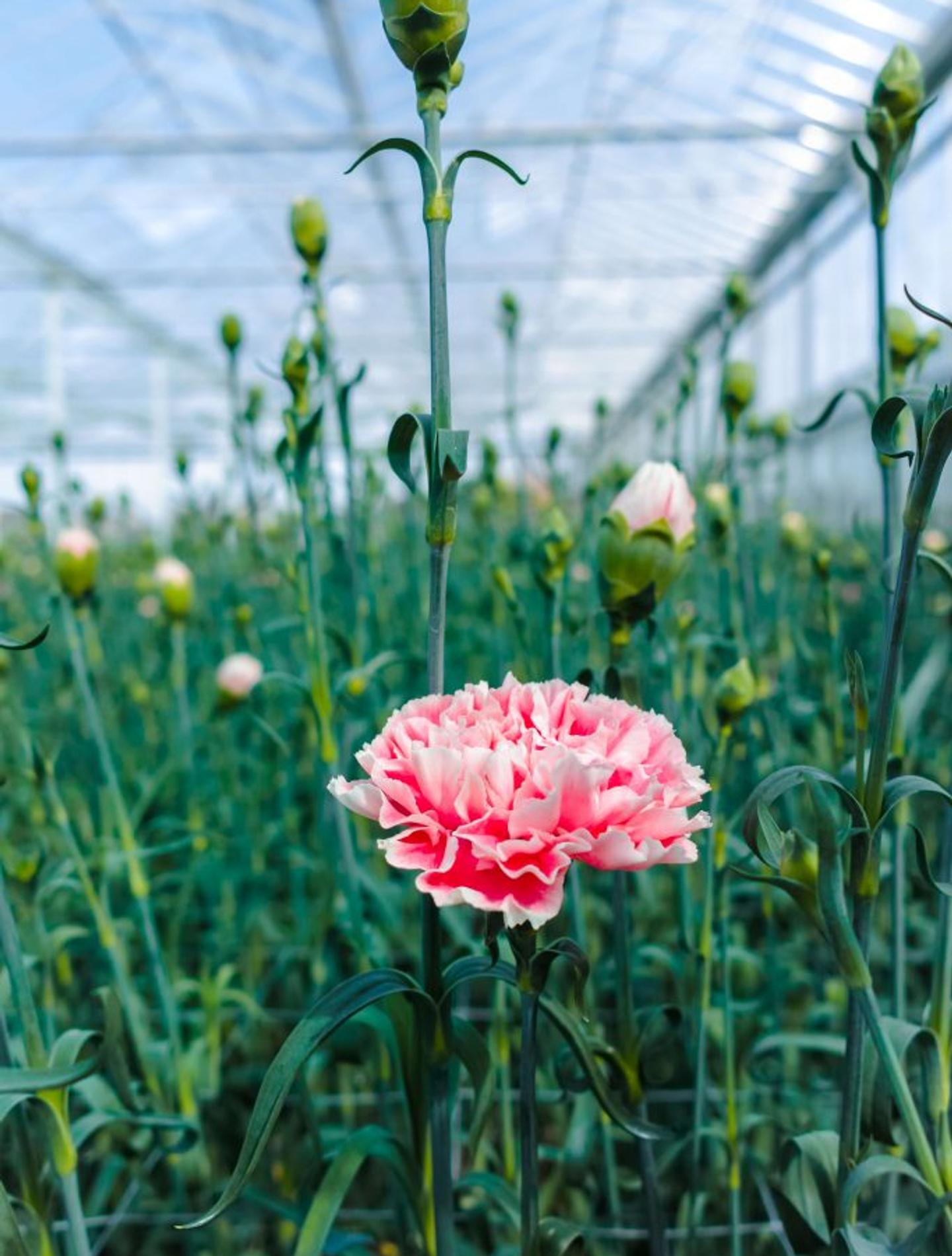
How to Grow Carnations
Ready for some science?
Carnations are herbaceous perennial plants of the genus Dianthus, that have glaucous leaves, and produce single buds or up to five together in a cyme.
It’s okay; we didn’t understand that sentence the first time either. To put it simply, a carnation is a plant that grows and blooms in the spring and summer, dies back in the autumn and winter, and then regrows the following spring from the same set of roots. Amazing! Its leaves are greyish-green to blue-green (impress your friends: glaucous is from the Latin glaucus, meaning “bluish-grey or green”, from the Greek glaukós). It can either grow as a single flower on a single stem, or as a cluster of flowers, depending on the variety.
Easy, right?
Standard carnations grow on a single stem and are typically 3—5 cm in diameter, while mini-carnation varieties include multiple smaller blooms per stem.
They can be grown from seed or cuttings. To successfully grow carnations from a cutting, you’ll need to cut a live stem (at least 4″ long) from a healthy carnation plant. Make your cut right below a leaf node, and remove the leaves from the bottom half of the stem. Fill a container with coarse sand, push the stem about halfway into the container, and make sure the sand stays moist, and the stem gets consistent indirect sunlight. Then, wait for the magic to happen. Your stem will eventually grow new roots and a fresh flower.
DID YOU KNOW - Carnation Fun Fact
Carnations are sometimes called “Pinks,” because their ruffled edges look like they were trimmed by pinking shears. Snip, snip!
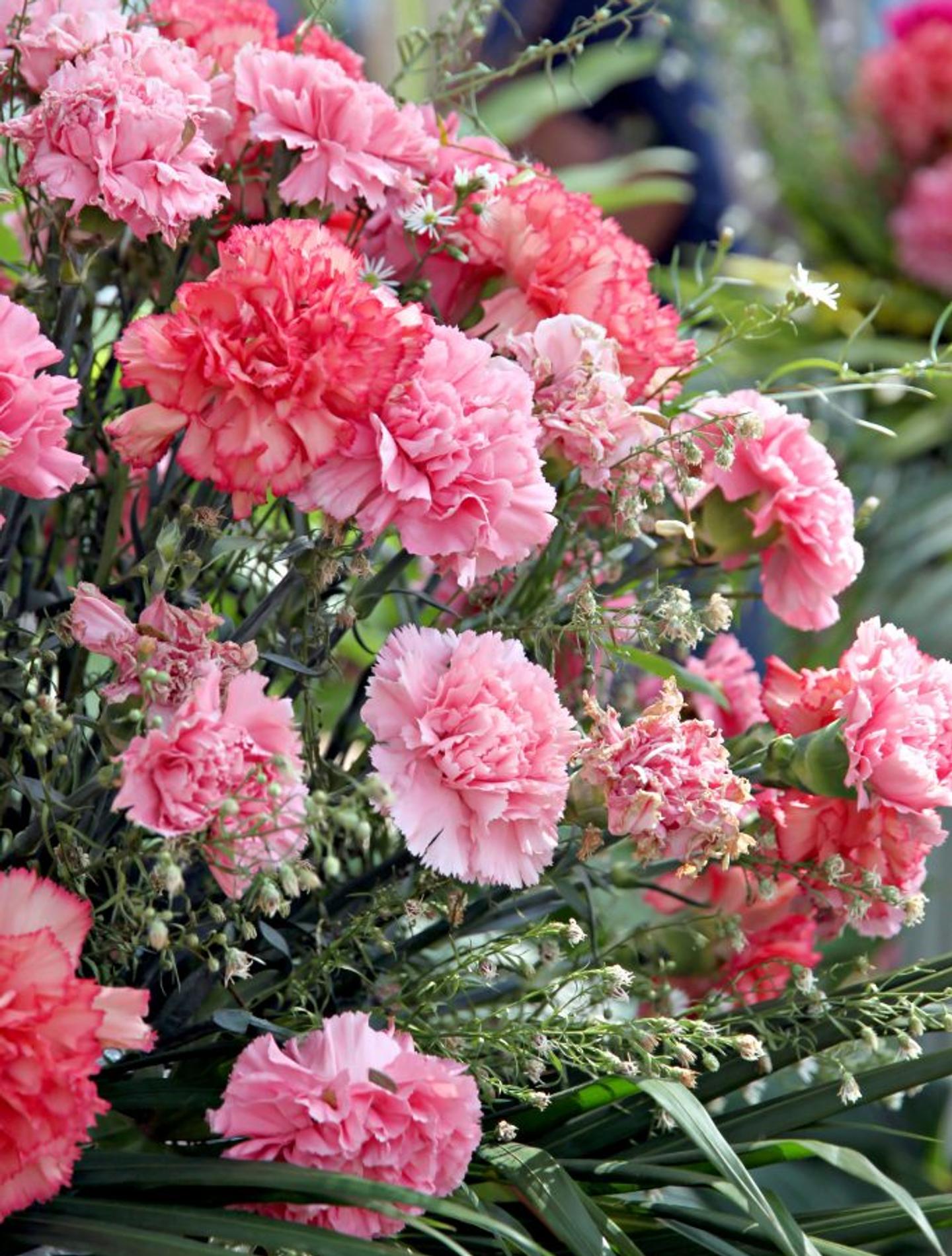
How to Care for Carnations
If cared for properly, cut carnations can live for two or more weeks.
For maximum longevity, carnations should be conditioned every two to three days. But don’t reach for the Tres Semme. To condition carnations, replace the water in the vase and recut the stems with a sharp knife or shears at a 45-degree angle so that they can absorb more water.
If you have cut-flower food, add it to the vase each time you change the water. If you don’t have cut-flower food, you can add a solution of one teaspoon of sugar and two drops of liquid bleach [8] to the clean water in your vase. Please note, this is good food for flowers only!
When to Send Carnations as a Gift
With the vast range of colors and meanings associated with carnations, they’re a fantastic gift for many occasions. Wondering what to send to a friend in the hospital? Try a bouquet including light red carnations, to show your admiration for their strength. To say, “Good luck!” before a big performance, exam, job interview… white carnations are the perfect expression of your support. And of course, there’s always the classic red carnation. Delicate, fragrant, and symbolizing your love and affection, you can’t go wrong by sending these to a significant other or partner.
Carnation Bouquets
References:
- 1 - Flower Meaning
- 2 - Oscar Wilde Tours
- 3 - Home Guides
- 4 - Wiki Carnations
- 5 - National Portrait Gallery
- 6 - Tate
- 7 - Anna Jarvis Wiki
- 8 - Martha Stewart
- 9 - Asking Lot
Flower Meanings — keep discovering
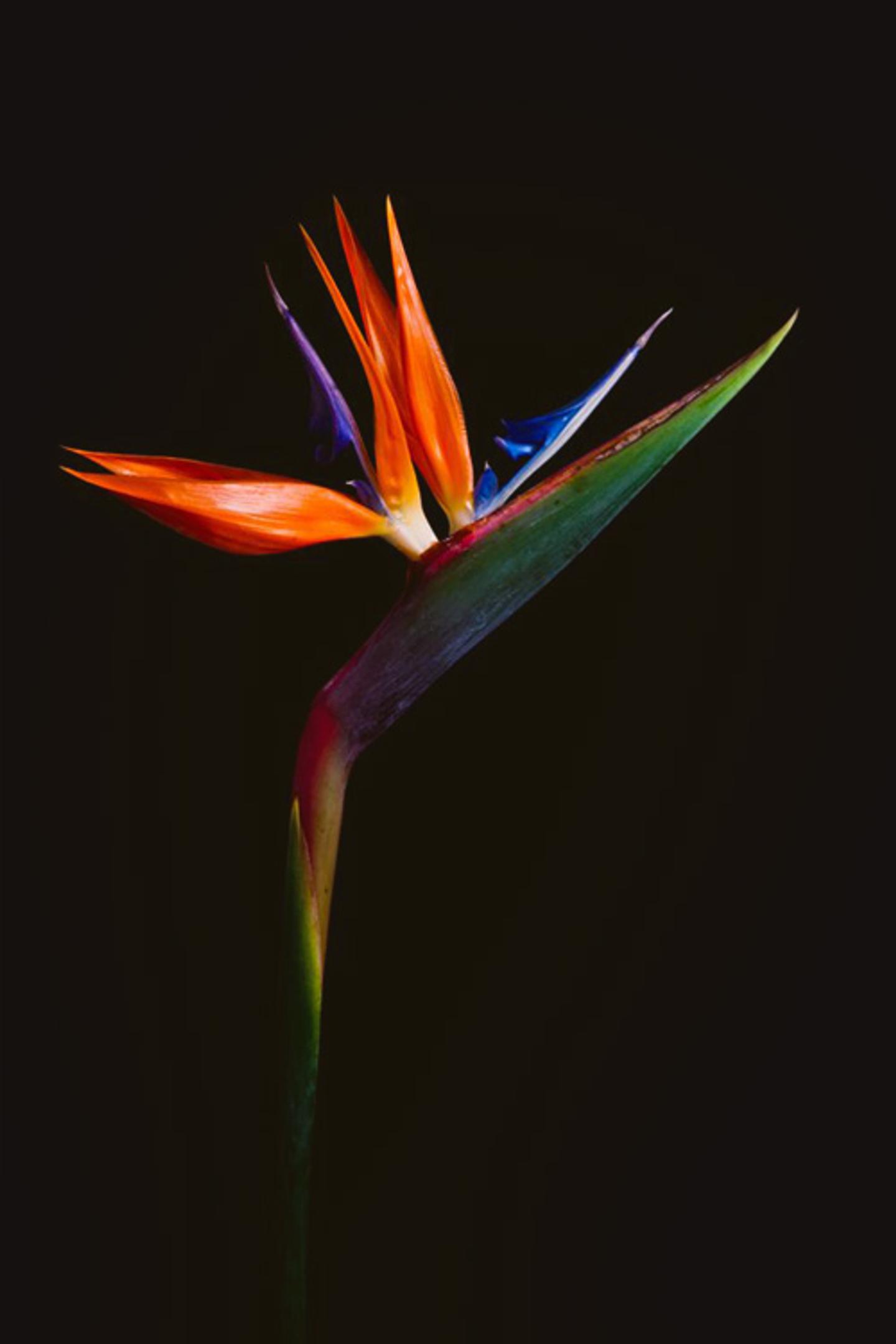
Bird of Paradise
Truly one of the most unique, exotic blooms out there! Bird of paradise hails from South Africa and belongs to the plant family Strelitziaceae.
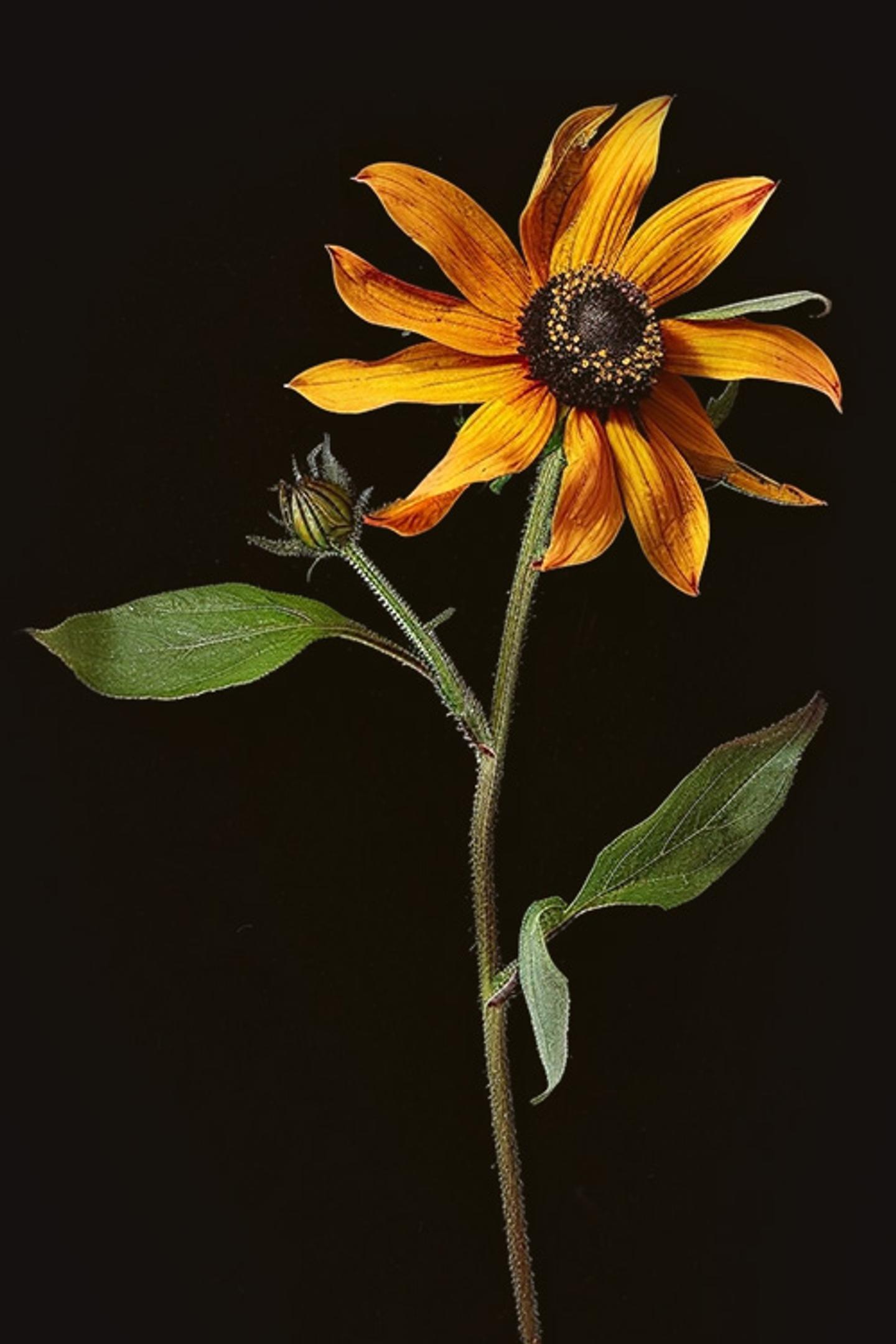
Black Eyed Susan
No, not the Black-Eyed Peas! We’re talking about the Black-Eyed Susan! North America’s favorite flower has entered the building! These charming blooms don’t only radiant sunshine; they’re carefree and easy to grow too!
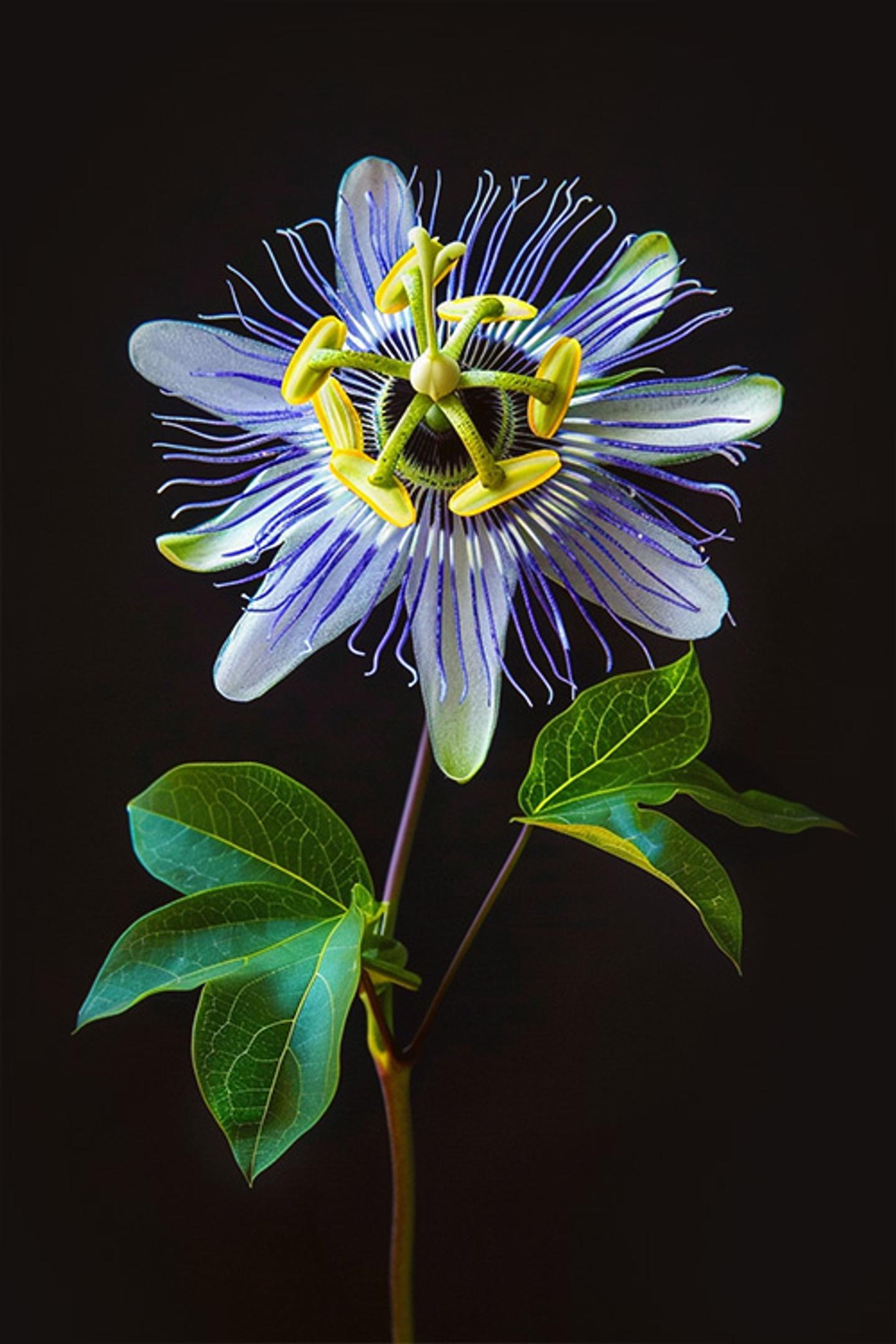
Blue Passion Flower
This popular, unique tropical bloom is a species of flowering plant native to South America and is known for its stunning, vibrant blue hue.
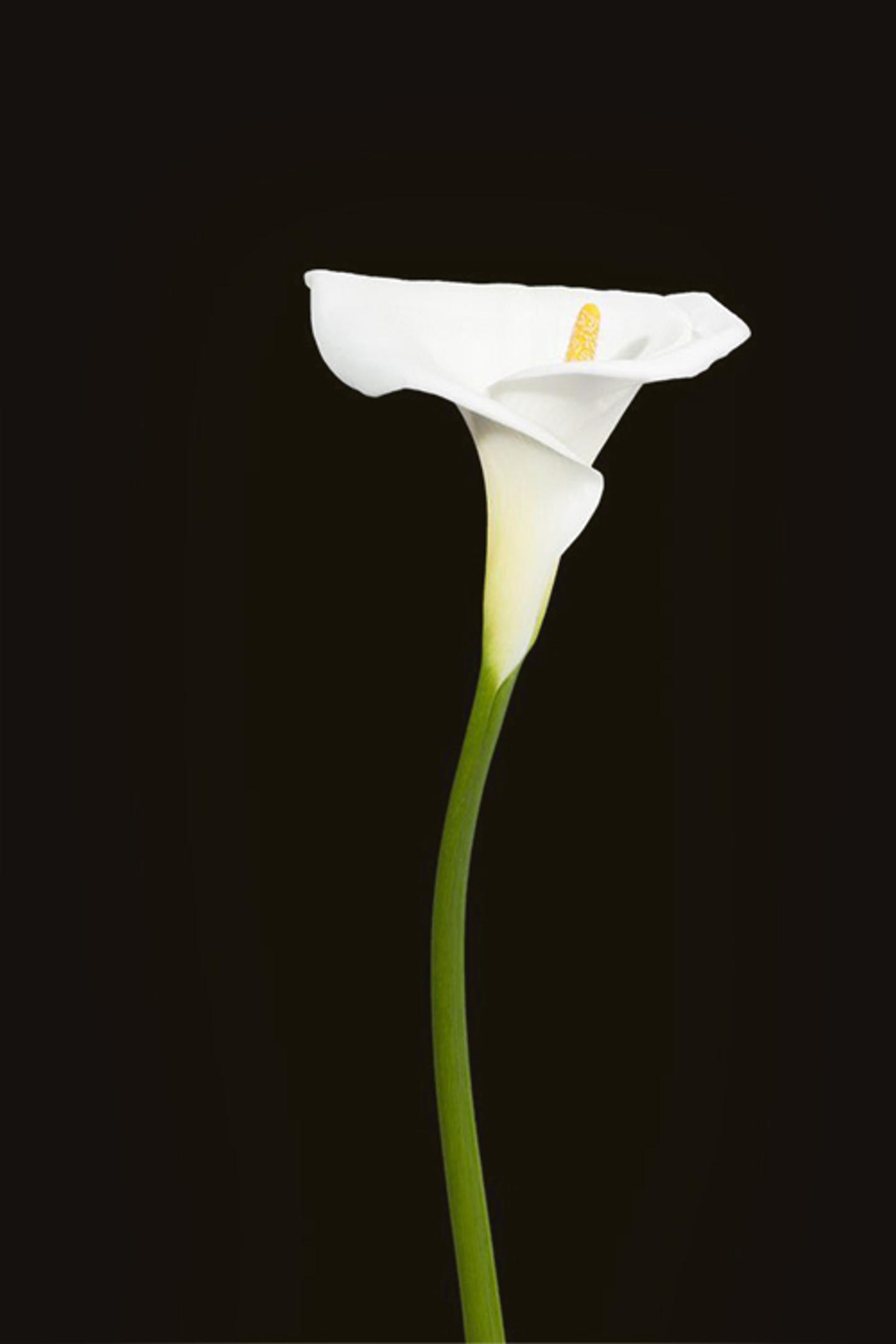
Calla Lily
Simple elegance and symbolic beauty—the Calla Lily. If you’ve ever been to a wedding or a church on Easter, you’ve likely seen these elegant white flowers. Their sleek and bold lines are real attention grabbers, but in addition to white, they’re available in many other vibrant colors.

Bird of Paradise
Truly one of the most unique, exotic blooms out there! Bird of paradise hails from South Africa and belongs to the plant family Strelitziaceae.

Black Eyed Susan
No, not the Black-Eyed Peas! We’re talking about the Black-Eyed Susan! North America’s favorite flower has entered the building! These charming blooms don’t only radiant sunshine; they’re carefree and easy to grow too!

Blue Passion Flower
This popular, unique tropical bloom is a species of flowering plant native to South America and is known for its stunning, vibrant blue hue.

Calla Lily
Simple elegance and symbolic beauty—the Calla Lily. If you’ve ever been to a wedding or a church on Easter, you’ve likely seen these elegant white flowers. Their sleek and bold lines are real attention grabbers, but in addition to white, they’re available in many other vibrant colors.
Ready to send beautiful flowers?
Our guided experience helps you send a one-of-a-kind arrangement perfect for every occasion.
Send Flowers